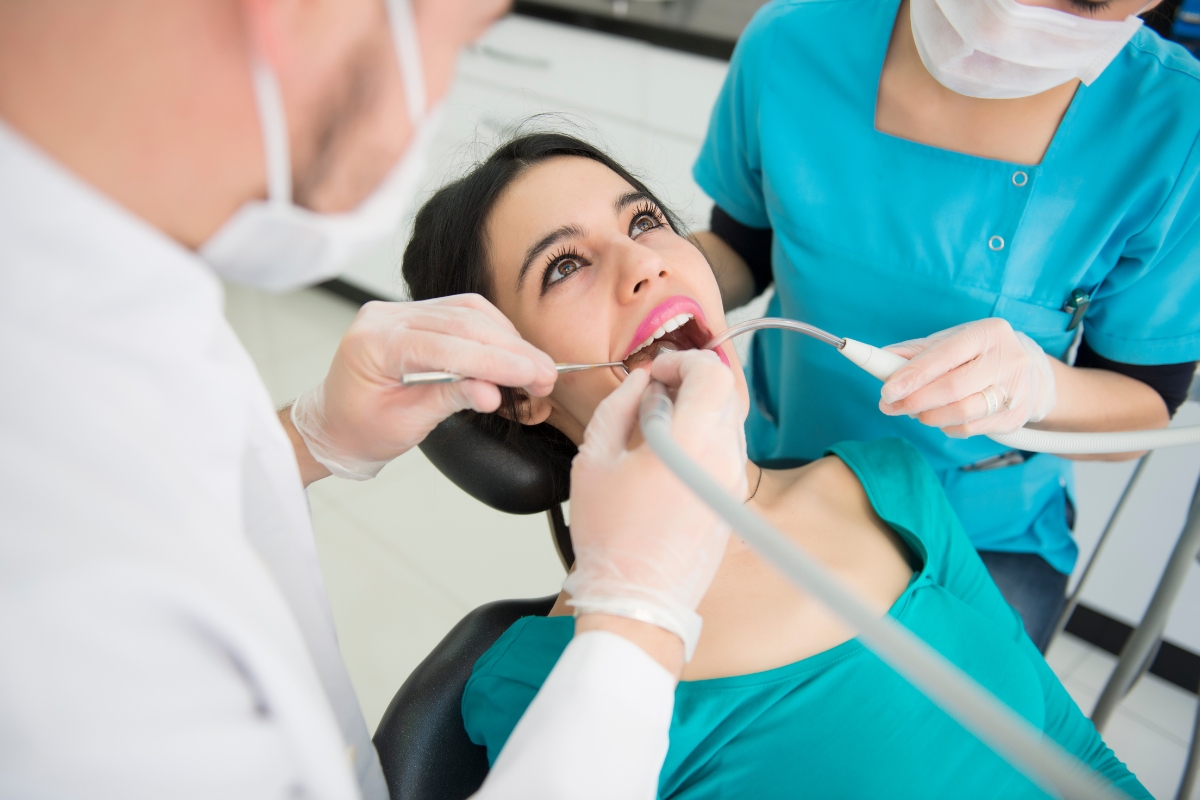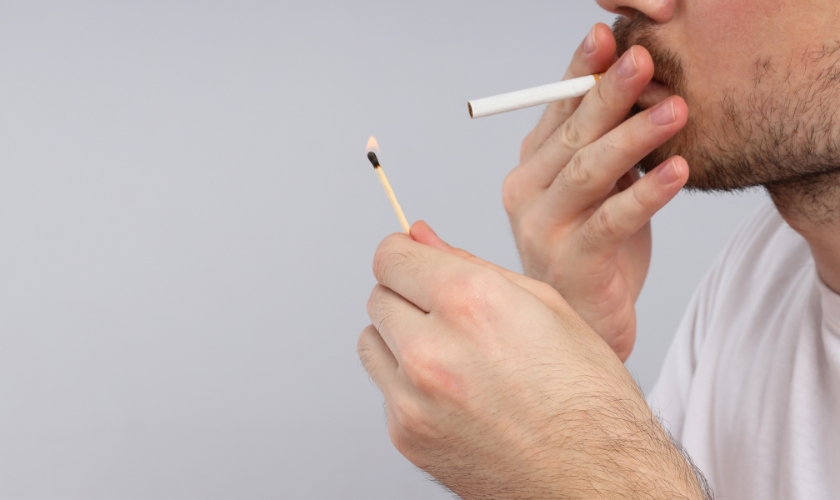Tooth Extraction Aftercare in Carrollton: Dry Socket Prevention, Pain Control, and What to Eat

Good aftercare turns a routine extraction into a stress-free healing. This blog walks you through clot protection, pain control, and smart food choices, so that you heal successfully and get back to your life.
What is a dry socket, and how common is it?
Dry socket (alveolar osteitis) happens when the protective blood clot is lost, revealing bone and nerves. It is uncommon after routine extractions (about 0.5%–5%), but can be as high as 30% after lower wisdom tooth removal. Prevention is half the battle.
Pain control that allows you to heal
Ice packs on the affected side for the initial 24 hours (15 minutes on and subsequently 15 minutes off) help with swelling. For alleviation of pain, dentists routinely use single or combination nonsteroidal anti-inflammatory drugs (NSAIDs) and acetaminophen as treatment options for post-extraction pain. The American Dental Association also endorses such practice. Use only as instructed and as directed by your dentist.
The first 24 hours: protect the clot
Use the gauze to firm bite pressure for the time your dentist suggests, then replace as instructed. Don’t forcefully rinse your mouth, swish liquid, or spit. Don’t use straws for at least a day; suction can loosen the clot. Most importantly, don’t smoke or vape during this time (and beyond if you can). These actions all minimize dry-socket risk and aid in clean, consistent healing.
Gentle cleaning begins after 24 hours
Once you undergo tooth extractions in Carrollton, start gentle lukewarm salt-water rinses (1 tsp. salt mixed in a glass of warm water) after meals. Let it drip out of your mouth—do not spit hard. This simple habit keeps your mouth clean and more comfortable without delaying your healing.
Eat as usual without harming the site
Early on, eat soft, cool foods and lots of liquids. Plan your meals with yogurt, smoothies (no straw), applesauce, mashed potatoes, and soft pasta. Avoid crunchy, sticky, or hot foods that might irritate the socket. AAOMS (American Association of Oral and Maxillofacial Surgeons) also suggests a soft or liquid diet right after extractions to prevent dry socket.
A quick nutrition hack for patients to use
- Cool, soft proteins (Greek yogurt, scrambled eggs) promote healing.
- Fiber-rich sides (mashed sweet potato, thoroughly cooked oatmeal) keep energy levels stable.
- Resume chewy or crunchy foods only with your dentist’s guidance.
Healthy practices minimize the risk of infection
- Reduce the consumption of tobacco. Smoking raises the risk of dry socket; breaking it during healing makes a difference.
- Inquire about chlorhexidine. Many dentists prescribe an antimicrobial mouth rinse after extractions to lower the risk of dry socket.
Be aware of red flags and take action early
Severe, throbbing pain that gets worse around days 3–5, pain that is not relieved by over-the-counter drugs, or foul odor/taste from your mouth necessitates a call to your dentist. With prompt treatment, dry socket is reversible and temporary, and your final result is still great.
If questions arise or pain peaks, call Addison Dental Group. A quick call with our dental team can guide you on the next steps and keep the recovery smooth.




